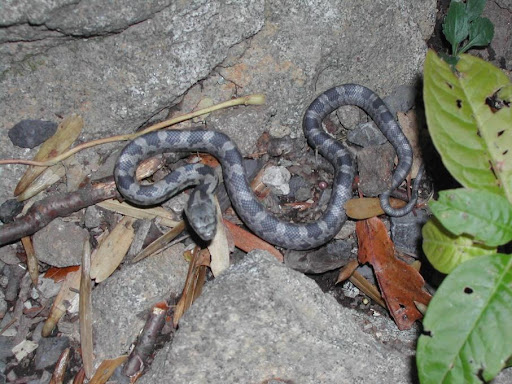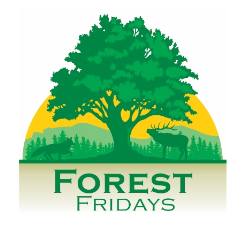The Truth About Snakes
By Aura Stauffer
“I just killed that snake,” my neighbor informed me. “It was a copperhead.” I looked down to see a young black snake lying dead on the road. I tried to use this as a teachable moment and informed him that young black snakes have a pattern (somewhat like a copperhead), are harmless, and help to control the rodent population. He seemed unimpressed.
Cut to a state forest where a timber rattlesnake is basking at a warm, sunny spot on the road. A driver sees the snake and swerves out of his way so that he is sure to run over and kill the snake. “The only good snake is a dead snake,” he sneers.

One of the most questionable reasons I hear for killing a snake is, “it was threatening my family.” I witnessed this at a state park when a family was hiking on a trail and encountered a coiled-up snake on the edge of the trail. The snake was either taking a nap or waiting for a rodent to walk by. Meanwhile, the father took 20 minutes to locate a rock to use as a weapon to kill the snake. During this time, the snake hadn’t moved or threatened the other family members in any way.
I understand people’s trepidation with snakes. After all, they are portrayed in religion, mythology, and literature as evil creatures which are always up to no good. Part of my job as a wildlife biologist with DCNR is to convince others of the importance of the noble serpent.
For example, snakes help to control rodents, which are vectors of Lyme disease and can also decimate the seedlings in a young forest. Snakes serve as important upper-level predators in our forest ecosystem.
Photo: Harmless to humans, garter snakes eat insects and other invertebrates.

The toxins in venom from snakes (like PA’s timber rattlesnakes, copperheads, and massasaugas) are being researched as potential treatments for cancer and inflammation.
While many people think snakes are very scary, others find them uniquely beautiful and delight in observing them in nature. Regardless of opinion, our snakes have a rightful place in Penn’s Woods and deserve our respect and conservation.
July 16th was World Snake Day, a day designated to celebrate and promote awareness of the benefits of snakes. Please take a moment to learn about snakes and to pass the word to others. You can also help by participating in the Pennsylvania Amphibian and Reptile Survey where you can report snake sightings as well as sightings of other reptiles and amphibians.
About the Author: Aura Stauffer
Aura Stauffer is a Department of Conservation and Natural Resources wildlife biologist in the ecological services sector. As a non-game wildlife biologist, Aura uses her experience and knowledge of wildlife to bring awareness to many overlooked species in the state. Her favorite part of her job is doing surveys for species of special concern — especially misunderstood critters like timber rattlesnakes, Allegheny woodrats, and bats.



